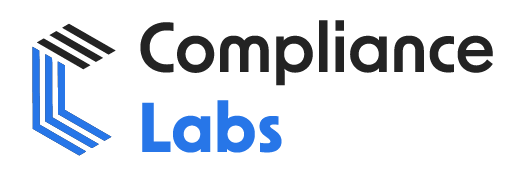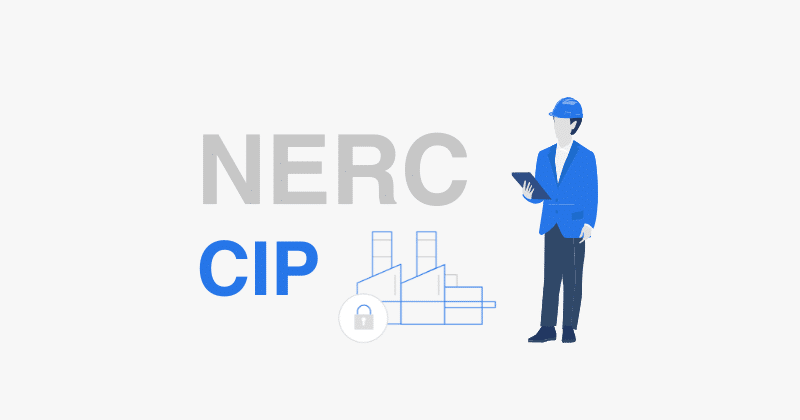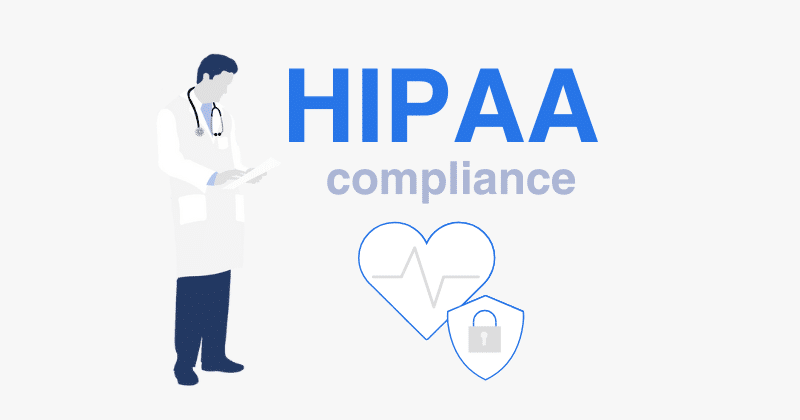Stop the Attack before It Starts: Secure-by-Design Software Dev Tips
Software Development Security (DevSecOps) is traditionally an afterthought. Security measures are often bolted onto existing code and infrastructure, much like adding seatbelts to a finished car. Essential tools like firewalls, intrusion detection systems, and antivirus software are reactive, addressing threats post-breach. This approach is inherently flawed because.
The key? Embrace a secure-by-design approach to software development. This isn’t about slapping on security features as an afterthought; it’s about baking security into the very foundation of your applications. Think of it like building a house: you wouldn’t wait until after it’s built to reinforce the foundation, would you? Secure-by-design is the same concept, applied to software. It’s about shifting the mindset from reaction to anticipation.
Why Secure-by-Design Matters More Than Ever
Traditional security practices often treat security as an afterthought in Software Development Security DevSecOps, adding layers of protection to existing code and infrastructure, similar to adding seatbelts after the car is already built. While firewalls, intrusion detection systems, and antivirus software are essential components of Software Development Security DevSecOps, they are reactive by nature, addressing threats after they’ve already breached the perimeter.
For a good Software Development Security DevSecOps, consider to start early in the code. Good Software Development Security DevSecOps starts with code.
-
Adds complexity and overhead: Bolting on security features can introduce new vulnerabilities or conflicts with existing functionality, creating a fragile and cumbersome system. The more pieces, the more points of potential failure.
-
Increases costs: Retrofitting security is often more expensive and time-consuming than building it in from the start. Remediation costs can quickly spiral out of control, dwarfing the initial development budget.
-
Fails to address root causes: Reactive security only deals with symptoms, leaving underlying architectural weaknesses unaddressed. This “whack-a-mole” approach leaves organizations constantly vulnerable to re-emergence of the same classes of vulnerabilities.
-
Shifts the burden to the end-user: End-users alone cannot bear the burden of modern security.
According to a Snyk’s 2024 State of Open Source Security Report, “The vast majority of application security (AppSec) teams still lack the means to effectively shift security further left in the software development lifecycle (SDLC).” This stark statistic highlights the urgent need for a more proactive and integrated security paradigm.
Embracing the Secure-by-Design Mindset: A Holistic Shift
Secure-by-Design is a holistic methodology that integrates security considerations into every phase of the software development lifecycle (SDLC), from the initial conception to deployment and maintenance. It prioritizes identifying and mitigating potential vulnerabilities before any code is written, demanding a security-first culture from inception.
This involves carefully evaluating requirements through the lens of security, designing secure architectures that minimize attack surfaces, implementing robust coding practices, and performing continuous testing to ensure that vulnerabilities don’t slip through the cracks.
A Secure-by-Design system proactively addresses security vulnerabilities while taking security measures, such as the following:
-
Input Validation: All user-provided and external input is validated for character encoding and other data types.
-
Role-Based Access Control (RBAC): Access to sensitive data and applications is tightly controlled based on user roles and responsibilities.
-
Transport Layer Security (TLS): The application should make encryption mandatory.
Instead of simply layering in security, Secure-by-Design demands that your organization tries these tips:
-
Threat Modeling: A security assessment should be performed to identify and enumerate prevalent cyber threats to critical systems. The product blueprints should then account for the evolving cyber threat landscape.
-
Eliminate Default Passwords: Set a standard to eliminate the simplest opportunity for compromise by external parties. Your system can provide a more secure base to build from and improve your company from within by requiring administrators to set a password and to eliminate known breached passwords.
-
Code Review: Implement processes to assess and have a qualified person (or people) review your code throughout the SDLC. Review and maintain the defined roles and responsibilities, updating them as needed.
-
Reuse Existing Secured Software: Save time and effort by utilizing libraries and modules that have a history of security.
The Three Pillars of Secure-by-Design: A Foundation for Resilience
To help organizations implement Secure-by-Design practices and create a new status quo, the Cybersecurity and Infrastructure Security Agency (CISA), the National Security Agency (NSA), and the Federal Bureau of Investigation (FBI) identified three pillars:
-
Take Ownership of Customer Security Outcomes: Security is a burden carried by the developer, not just the customer. The customer has to feel that those in charge have considered their security.
-
Embrace Radical Transparency and Accountability: By providing transparency, your company communicates information about its security measures to benefit both external and internal factors.
-
Lead From the Top: Secure by Design is an organizational imperative led by the highest levels of leadership in a business or organization.
Let’s take a look at each in more detail:
1. Take Ownership of Customer Security Outcomes:
As a software vendor, you’re not simply selling features; you’re selling a level of assurance. A secure-by-design mindset means that you:
-
Go Beyond Compliance: Don’t simply check boxes to adhere to some requirement. By instead making active progress toward developing a better design for software security, your company will create better products.
-
Offer Secure by Default: Build secure configuration options into your software for ease of use. Provide the ability to easily switch between certain security features to keep things more fluid.
-
Provide easy to use, secure storage options. Offer a cloud service, or a 3rd party vendor service integration, where customer configurations, data, archives, and documentations are securely kept and available to them.
2. Embrace Radical Transparency and Accountability:
By following this tenet, your company will be providing better care and ethical guidelines for not just your company but your customer’s safety.
-
Document Security Requirements: If a company is being ethical, the security requirements should be public knowledge and easily accessible.
-
Use Common Vulnerabilities and Exposures (CVE) identifiers: If a part of your system or code is vulnerable, make it very clear to potential customers.
-
Provide multi-factor authentication and other security measures in all third-party components: The customer should have easy access to these.
3. Lead From the Top:
Make security not just a part of your company, but a part of the values that you hold.
-
Hire with a security-minded mindset: Create teams dedicated to helping keep your code up to date and secured.
-
Dedicate funds or a percentage of profits to security: The top leaders must lead to better results. What security can be developed without proper funding?
-
Take responsibility for a product’s security: Product managers should prioritize and design security in advance.
Actionable Tips to Implement Secure-by-Design in Your Company
Secure-by-design is a strategy that takes some time. To have any effect in your company, it needs to be built into the very culture. To best do so, be sure to take specific actions over time, such as:
-
Inventory your software and hardware: What is it that you need to keep secure and up to date?
-
Inventory your software requirements: This is important to verify that the software is as it should be.
-
Implement a vulnerability disclosure policy: What should people know about the reporting process?
-
Set aside a percentage of sales to security: Make sure that security is not underfunded.
-
Keep a well-maintained record: Without organized code for easier debugging, it might be harder to keep track of your own internal security.
-
Update systems from development, all the way to customer use cases: Without testing, it might be hard to see how everything fits together.
Compliance for Secure-by-Design
Meeting these principles isn’t only important for ethical reasons. There are real benefits:
-
A better security posture for your customer base is an ideal way to grow good will.
-
A better brand image is essential. A breach might break your company permanently.
-
Lower costs for maintenance will occur as your base levels increase.
If nothing else, make sure that all actions align with certain compliance rules. These may include certain policies, such as:
-
NIST Cybersecurity Framework (CSF)
-
NIST Special Publication 800-53
-
NIST SSDF
-
ISO 27001
-
HIPAA
-
PCI DSS
-
NERC CIP
A Call for a More Secure Future
The shift to secure by design software development is not just a technical change; it’s a fundamental shift in mindset. It requires leadership commitment, organizational buy-in, and a focus on customer security outcomes. By embracing these principles and implementing the practical tips outlined in this article, you can help create a more secure future for your organization and the entire software industry.
Ready to take the first step towards a secure-by-design future? Contact Compliance Labs for a consultation.






